The Infinite Path
The Law of Perpetual Innovation
The Edge This Book Delivers
In every organization, whether you are a business owner, a senior executive, a team leader, or an individual contributor, your trajectory, or your company’s, depends on one thing: your ability to deliver desired results consistently. When results falter, careers and companies stall. Missed expectations invite scrutiny, reputations erode, and opportunities narrow. But those who establish a reliable pattern of performance gain trust, autonomy, and resilience, making them far less vulnerable to shifting priorities, leadership changes, economic cycles, or workforce reductions. This book gives you that edge: while competitors chase trends or treat symptoms, you’ll act on the underlying forces that actually move metrics. You’ll spot demand earlier, prioritize work that compounds, and design roadmaps that hold up under real‑world constraints. You’ll make faster, better calls with less waste, reducing false starts, compressing time‑to‑value, and delivering outcomes that are difficult to imitate. You’ll also secure resources more readily by telling a clear causal story from the burdens being addressed to the business results, a narrative decision- makers trust and teams can rally around. The knowledge you gain from this book becomes a transformative advantage, making consistent delivery your signature and securing durable credibility, influence, and opportunity even as markets or priorities shift.
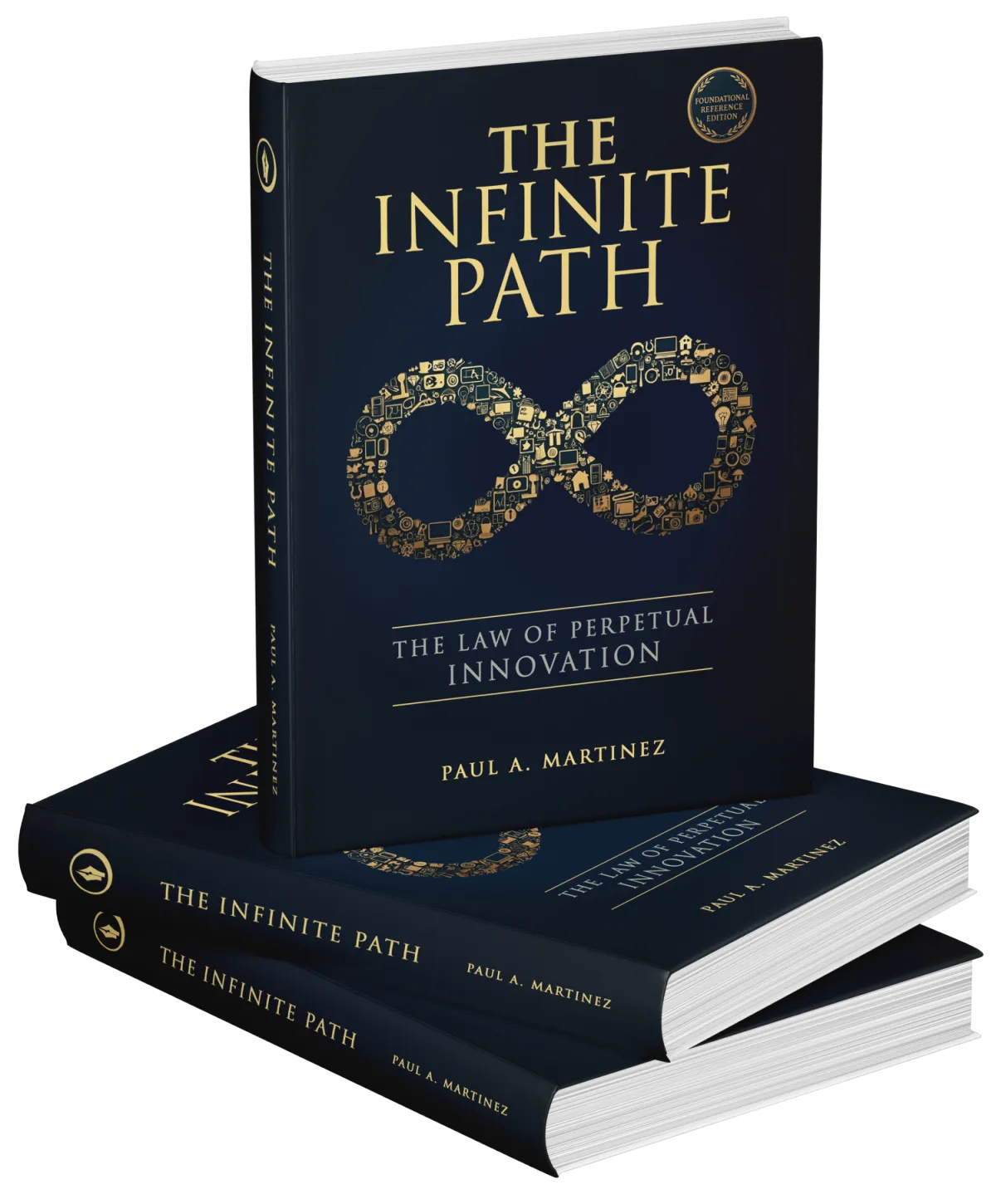
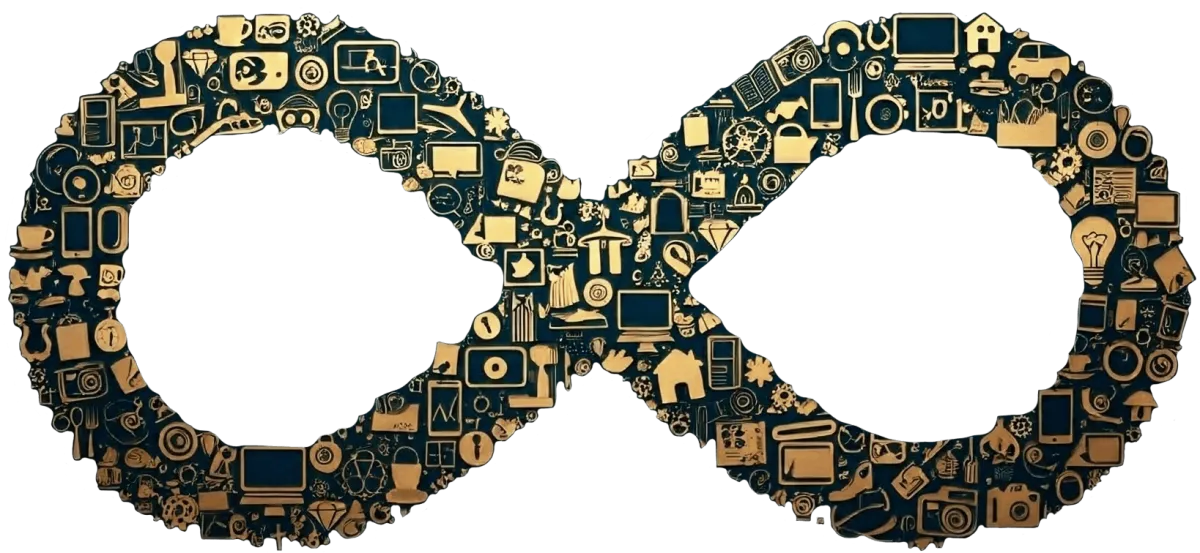
THE CORE IDEA
The Infinite Path: The Law of Perpetual Innovation reveals a profound yet overlooked truth: innovation is never about the pursuit of more, but about the escape from what burdens us. Every product, service, or system that humanity creates exists because something before it produced a burden: a friction, inefficiency, an unmet need or a new desire. Burdens arise, whether functional, emotional, social, or cultural, and in relieving them, innovation is born.
This framework connects disciplines from evolution to neuroscience to thermodynamics and economics, to show that innovation is a perpetual cycle of burden (byproduct) and benefit (utility). A feedback loop that shapes history, society and the future.
At the center of this philosophy is the recognition that no matter how novel a “good” or “service” appears, its meaning and value are always tethered to something deeply human. Every act of innovation extends or enriches one of the primal needs that define our species like safety, belonging, expression, knowledge, or nourishment. A smartphone is not just a slab of glass and circuits; it is a tool for communication, for connection, for status, for security, for knowledge. All of which can be traced back to certain origin benefits sought by early humans, that continue to endure today; what the Infinite Path identifies as the 19 Human Origin Utilities. What may seem cutting-edge is in fact another chapter in a story that began millennia ago. The Infinite Path reframes innovation as the continual rediscovery and re-expression of these origin benefits through the resolution of ever-emerging byproducts.
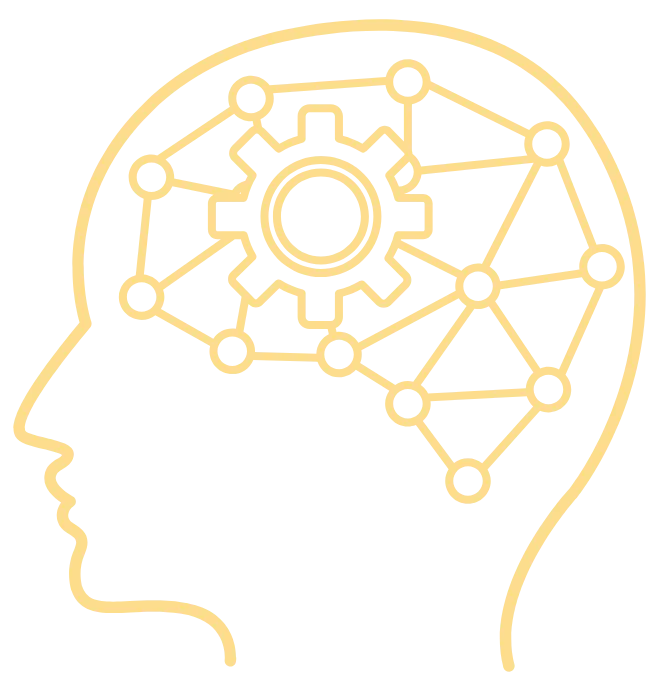
The Origins of Innovation
Innovation did not begin in boardrooms or laboratories; it began in nature. For billions of years, evolution and natural selection have been nature’s own innovation engine, producing adaptations in response to environmental pressures. Radiation, scarcity, predators, and climate were burdens of existence that forced organisms to mutate, adapt, and survive. Beneficial mutations became what The Infinite Path calls naturally occurring utilities; the new capabilities that improved survival and reproduction. When these utilities spread across a species, they became naturally occurring innovations.
The arrival of Homo sapiens marked a turning point, a natural disruptive divergence. With advanced cognition and foresight, humans were no longer bound to wait passively for genetic mutations. Instead, we began consciously engineering solutions to burdens. From tools and fire to language and shelter, humans redefined innovation not as blind adaptation, but as deliberate creation. This was the genesis of human-driven innovation, where utility was not stumbled upon through random mutation, but pursued intentionally to resolve the burdens we recognized and chose to no longer endure.
From Byproduct to Breakthrough
Every breakthrough begins as a burden. The light bulb was born not from the pursuit of illumination for its own sake, but from the smoke, fire risk, and inefficiency of the current methods at the time, to escape the darkness: candles, oil and gas lamps. The automobile did not emerge from admiration for engines, but from the exhaustion, waste, and limitations of horse- driven transport. Again and again, history reveals that innovation arises as the release valve for pressure created by burdens. In The Infinite Path, these burdens are identified as Byproducts, the unavoidable outcomes of the very utilities once created to release us from earlier burdens.
Yet not all burdens are recognized. Some are so familiar that they become invisible. People accept them as “just part of the process.” Before washing machines, endless hours of manual laundry were tolerated as unavoidable. Before GPS, using a paper map, obtaining directions from a person or MapQuest, or getting lost were all an accepted tax on travel. Many of the greatest innovations come not from solving obvious burdens, but from exposing the silent ones we’ve become normalized to. By reframing innovation as a search for hidden burdens, The Infinite Path equips us with a new lens: what feels “normal” today is often the soil in which tomorrow’s breakthroughs are waiting to grow.
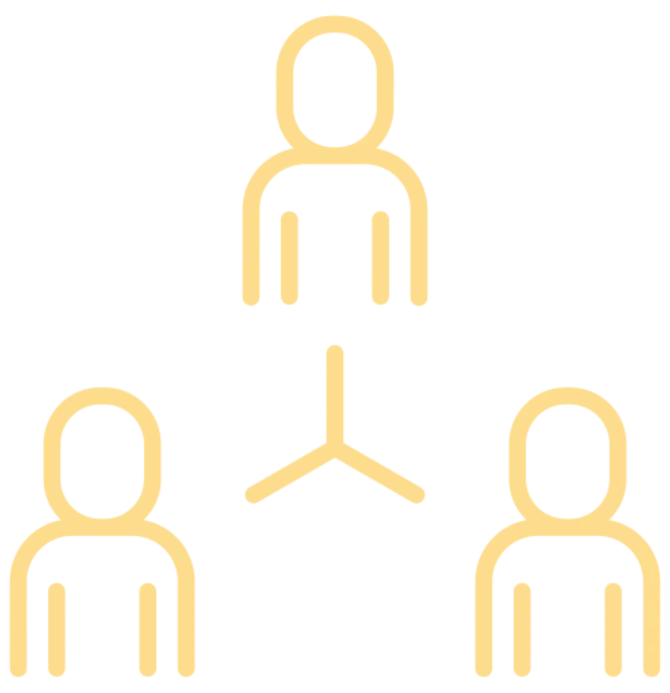
Innovation and Human Systems
Human progress is not separate from natural systems but deeply entwined with them. Innovation, at its core, is a thermodynamic act: a resistance to entropy. Byproducts represent disorder, inefficiency, and wasted energy. Every tool, machine, or system we create is an attempt to reorganize complexity in a way that conserves finite human energy. From the wheel to the microchip, innovations reduce the physical and mental energy we expend to achieve survival and advancement.
Yet, innovation is not only thermodynamic. It is also emotional-cognitive. Humans do not measure burdens purely in wasted energy, but also in frustration, disappointment, or aspiration. A product does not need to be broken to feel burdensome; it only needs to fall short of our expectations or appear insufficient when compared to a superior alternative. Innovation, therefore, is both physical and psychological, it serves to relieve measurable inefficiencies while also responding to the emotional tension we feel when reality lags behind possibility. This dual symbiosis, between thermodynamics and cognition, is what gives innovation its uniquely human shape.
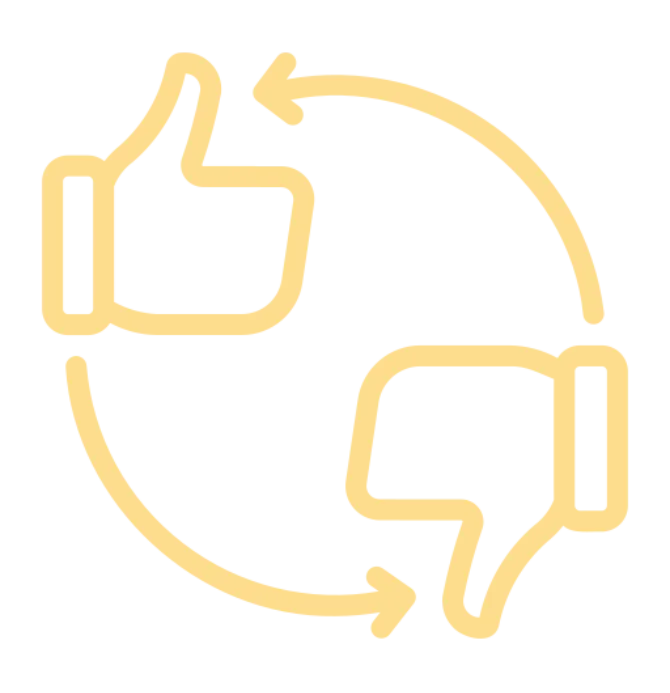
The Endless Cycle
Innovation is never final. Each utility created carries within it the seeds of its own byproducts that can accumulate as residual side effects, inefficiencies, or unmet desires that eventually overshadow its benefits. These byproducts become the fuel for the next cycle of innovation, ensuring that the process continues without end. This perpetual feedback loop is why perfect utility can never exist; each solution inevitably becomes the problem that invites its successor.
This cycle is not unique to humans. Any organism that seeks to continue existing must adapt, and adaptation is itself a form of innovation. But while all life evolves to survive, humans seek something more. Not just to survive, but to thrive and flourish. Thriving requires more than food, water, or shelter; it demands expression, connection, meaning, and beauty. These aspirations generate burdens of their own, and in resolving them, innovation expands into realms far beyond survival. The Infinite Path is thus not only the story of existence but the story of flourishing; a perpetual journey driven by the cycle of burden and relief.
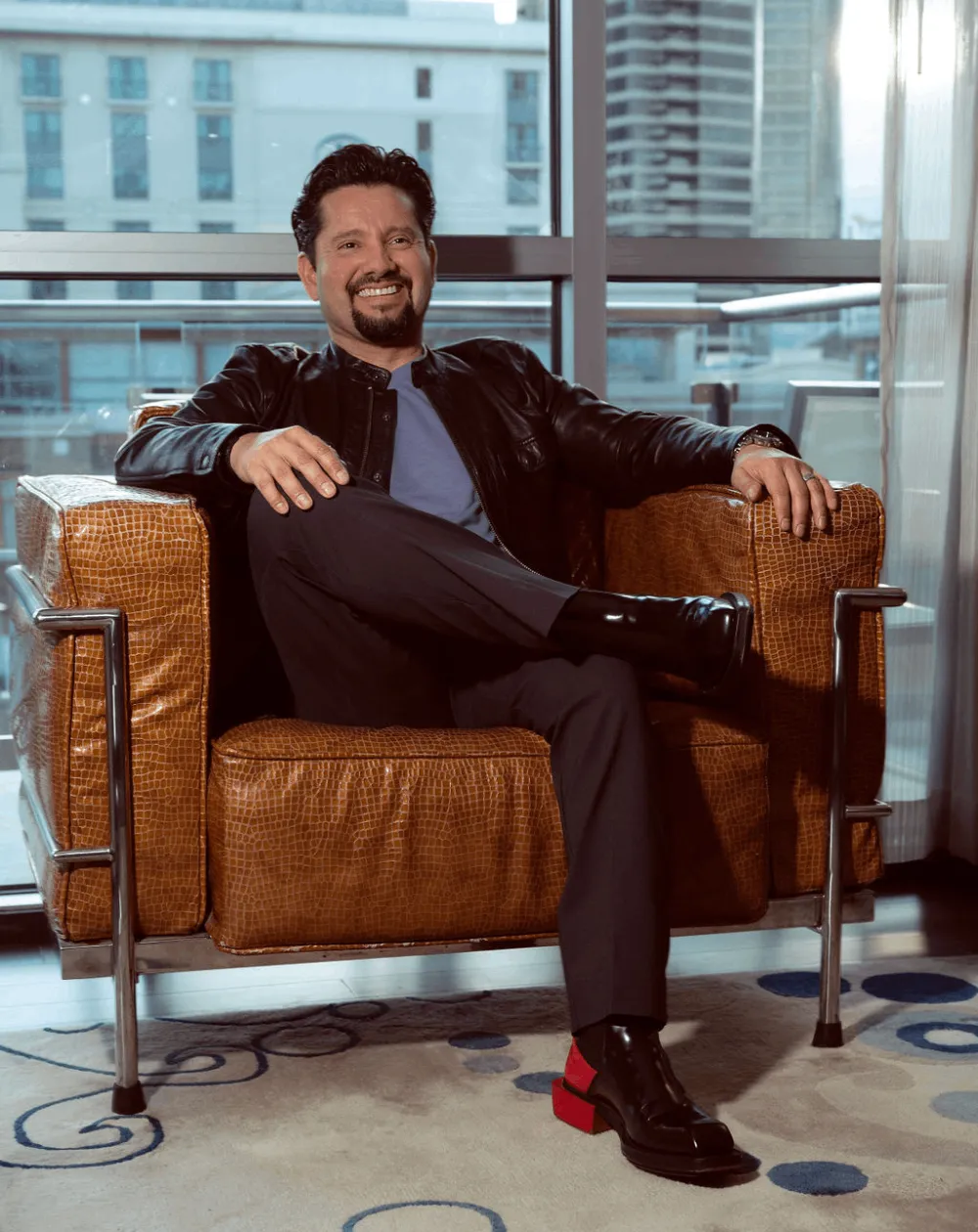
About The Author
paul a. martinez
Paul A. Martinez is a systems engineer, entrepreneur, inventor and innovation strategist with nearly three decades of experience at the forefront of technology and product development. His career spans advanced technology, business strategy and leadership roles at Apple, Cisco, Qualcomm, and JUUL Labs, where he has driven global innovation efforts across engineering, manufacturing, and design. He has also advised leading global enterprises on innovation strategy and business model transformation, guiding organizations in reimagining products, processes, and markets through byproduct-driven frameworks.
As the architect of the Law of Perpetual Innovation, Martinez draws from disciplines as diverse as neuroscience, economics, engineering, philosophy, and thermodynamics to explain why innovation is not random but inevitable, and always burden-driven. His work challenges long- standing assumptions about progress and equips leaders, entrepreneurs, and thinkers with the tools to anticipate disruption, identify hidden opportunities, and build responsibly for the future.
Beyond his professional pursuits, Martinez is a husband, father, musician, artist and philosopher at heart. The Infinite Path is the culmination of years of research, practice, and reflection. A roadmap for understanding not only how innovation happens, but why it is humanity’s most perpetual force.
Follow:
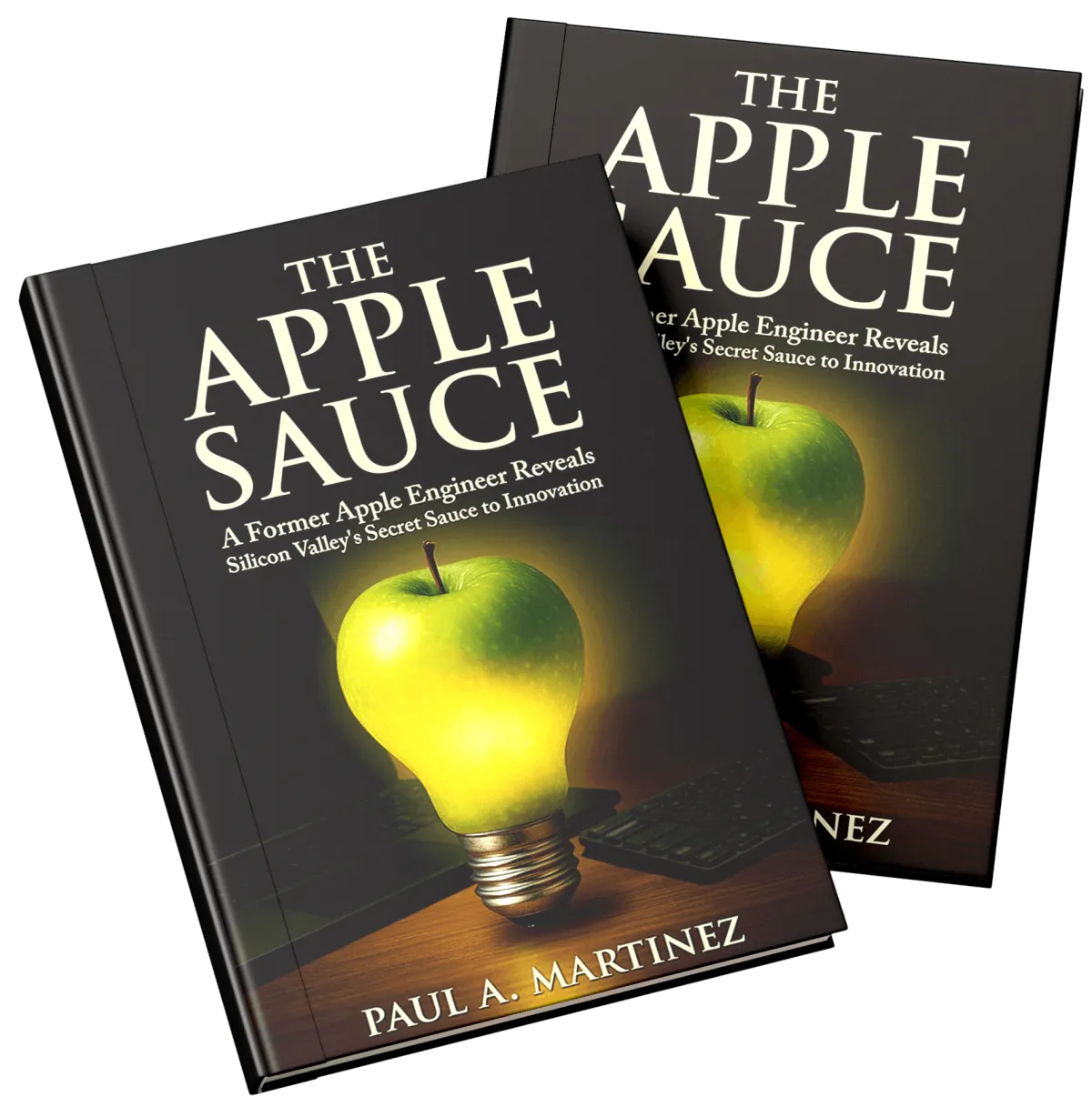
From Theory to Practice
Discover how The Apple Sauce turns the Law of Perpetual Innovation into a hands-on guide.
This Exec Summary gives leaders the instincts to drive innovation.
"My life changed forever"

Lorem Ipsum is simply dummy text of the printing and typesetting industry. Lorem Ipsum has been the industry's standard dummy text ever since the 1500s, when an unknown printer took a galley of type and scrambled it to make a type specimen book. It has survived not only five centuries, but also the leap into electronic typesetting, remaining essentially unchanged. It was popularised.
— aNNE fRANK
"My life changed forever"

Lorem Ipsum is simply dummy text of the printing and typesetting industry. Lorem Ipsum has been the industry's standard dummy text ever since the 1500s, when an unknown printer took a galley of type and scrambled it to make a type specimen book. It has survived not only five centuries, but also the leap into electronic typesetting, remaining essentially unchanged. It was popularised.
— John Doe
"My life changed forever"

Lorem Ipsum is simply dummy text of the printing and typesetting industry. Lorem Ipsum has been the industry's standard dummy text ever since the 1500s, when an unknown printer took a galley of type and scrambled it to make a type specimen book. It has survived not only five centuries, but also the leap into electronic typesetting, remaining essentially unchanged. It was popularised.
— aNNE fRANK
"My life changed forever"

Lorem Ipsum is simply dummy text of the printing and typesetting industry. Lorem Ipsum has been the industry's standard dummy text ever since the 1500s, when an unknown printer took a galley of type and scrambled it to make a type specimen book. It has survived not only five centuries, but also the leap into electronic typesetting, remaining essentially unchanged. It was popularised.
— aNNE fRANK
contact me
If you’d like to reach out, just leave your name, email, and a message here. I welcome hearing from readers and visitors and will do my best to respond in a timely manner.





